Filter by

Blog
|
5 min read
5 Overlooked Information Security Risks at Your City
If a city focuses on information security, they likely focus on securing servers, computers, laptops, and network equipm...
Read More
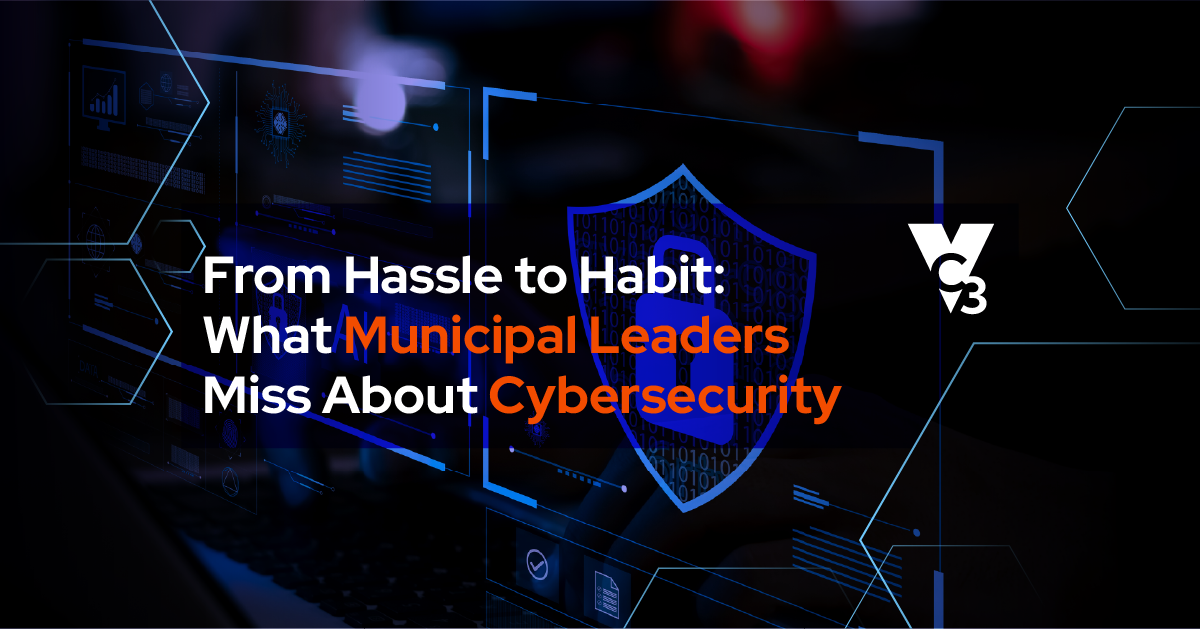
Events
|
On Demand Video Recording: "What Municipal Leaders Miss About Cybersecurity...
This practical, jargon-free session is specifically for municipal leaders who need to understand cybersecurity risks, es...
Read More
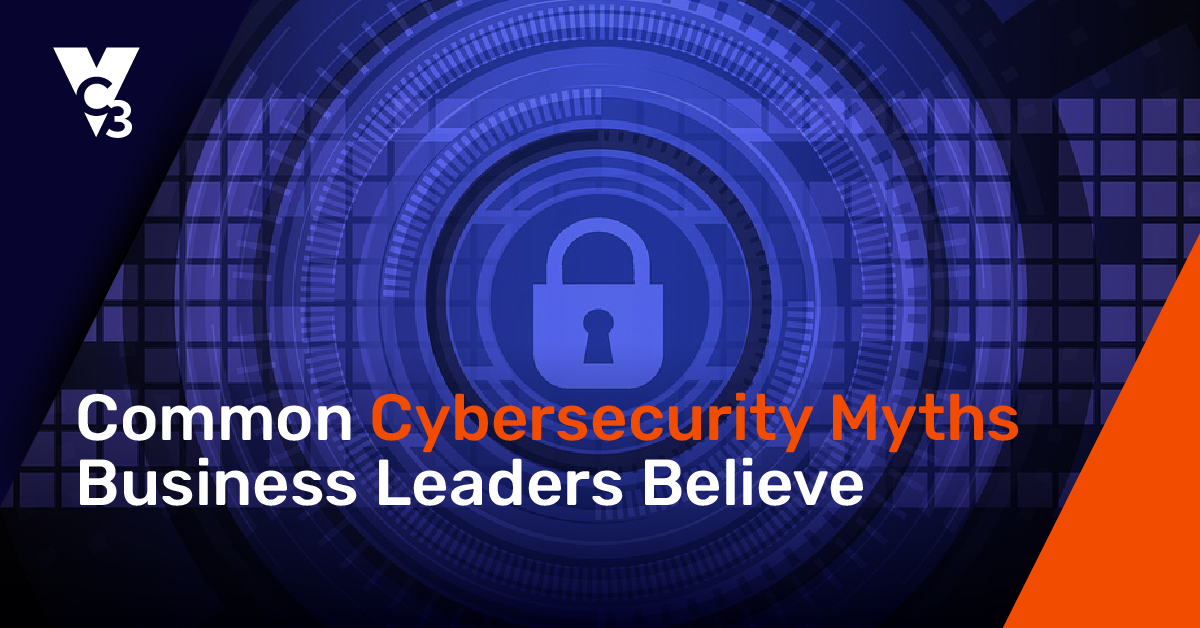
Blog
|
5 Min Read
5 Common Cybersecurity Myths Business Leaders Believe
Learn 5 myths about cybersecurity that cause business leaders to open their organization up to cyber risk and increased ...
Read More
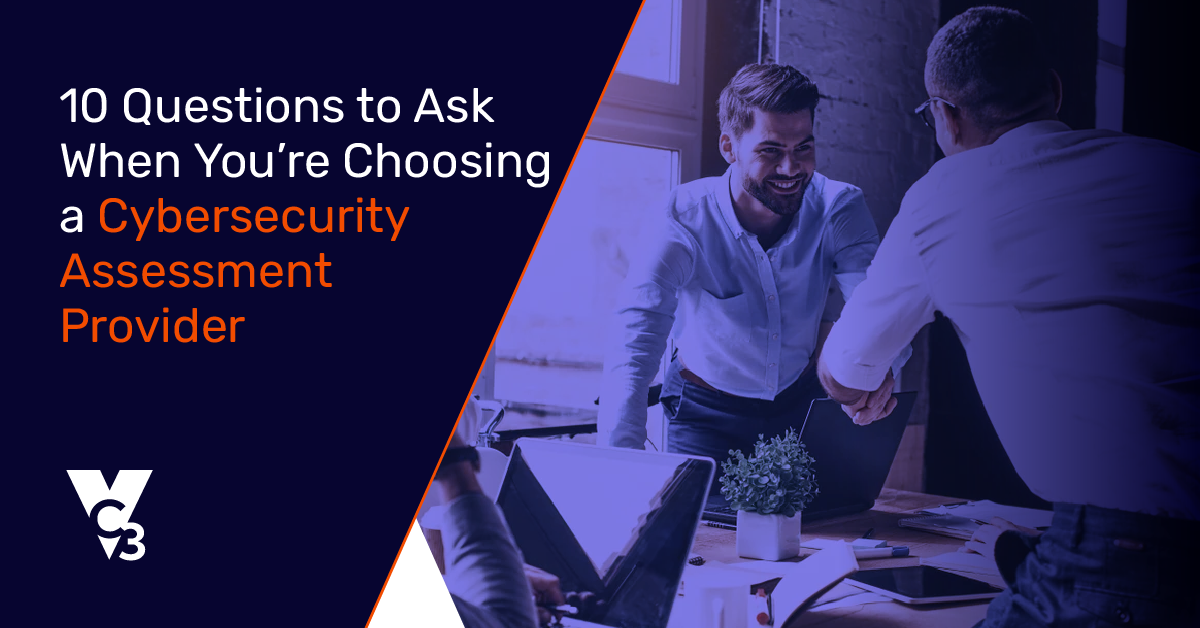
Blog
|
6 Min Read
10 Questions to Ask When You’re Choosing a Cyber Security Assessment Provid...
How do you know if the cybersecurity vendors you’re considering will give you that kind of comprehensive assessment? Use...
Read More
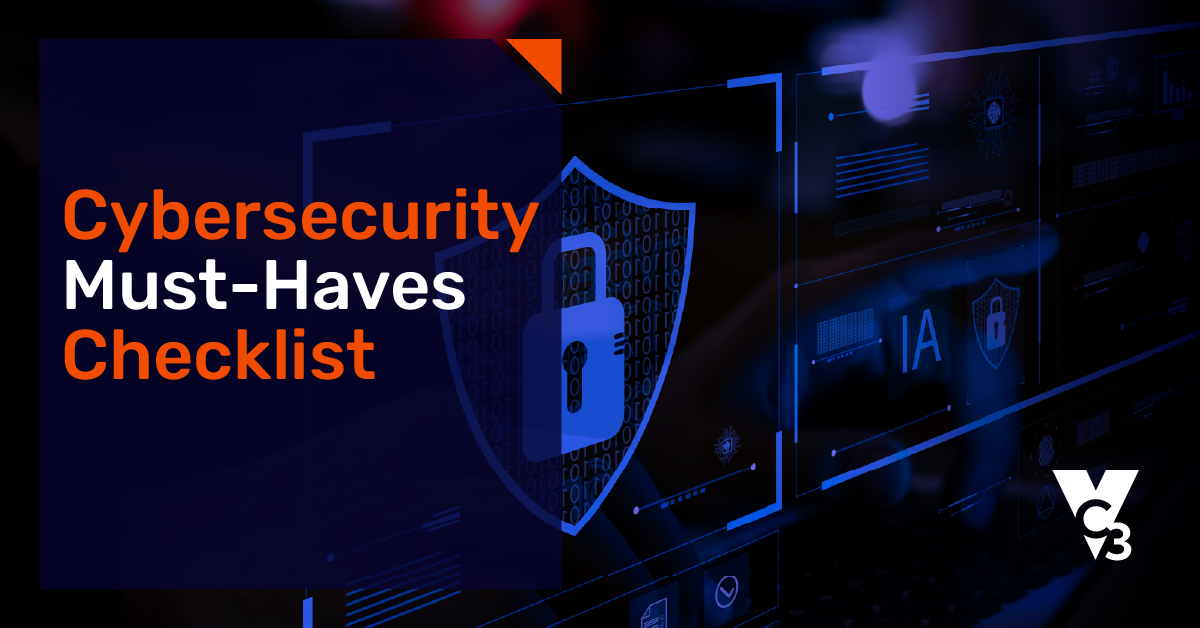
Guides
|
1 Min Read
10 Cybersecurity Must-Haves Checklist
This checklist covers the 10 cybersecurity “must-haves.” Use this checklist to assess your current cybersecurity situati...
Read More
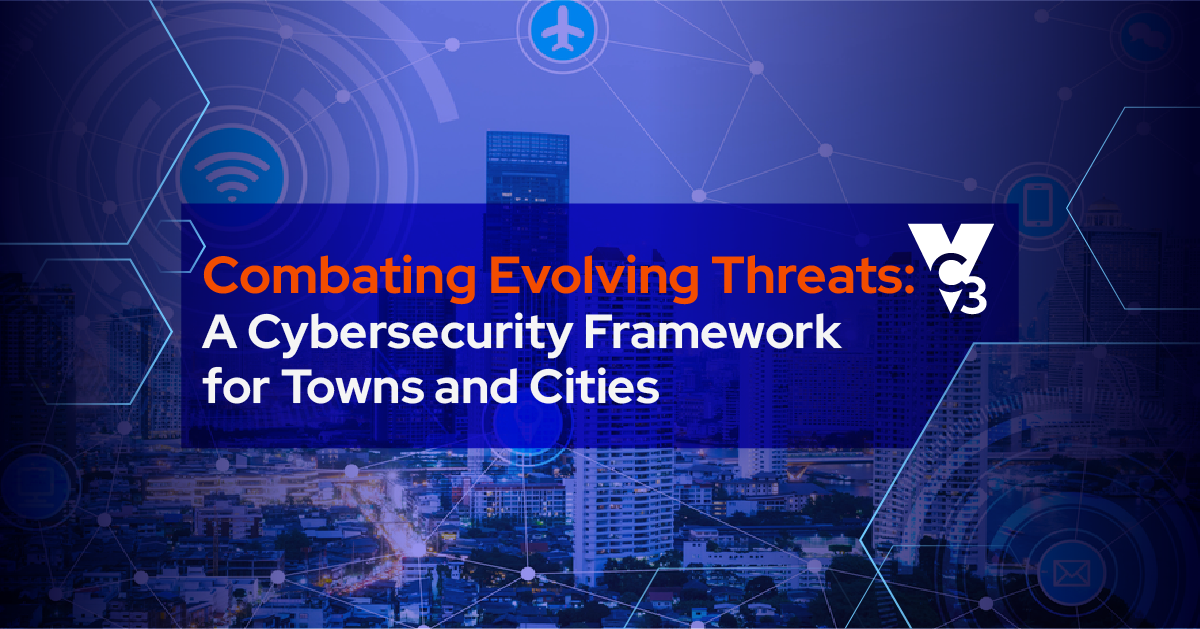
Blog
|
4 min read
Combating Evolving Threats: A Cybersecurity Framework for Towns and Cities
Relentlessly targeted by cyberattacks, municipalities are facing scary repercussions as a result of ransomware, malware,...
Read More
